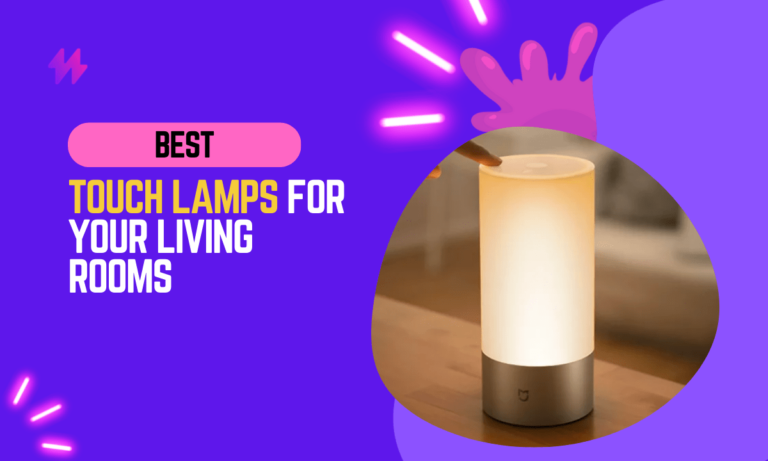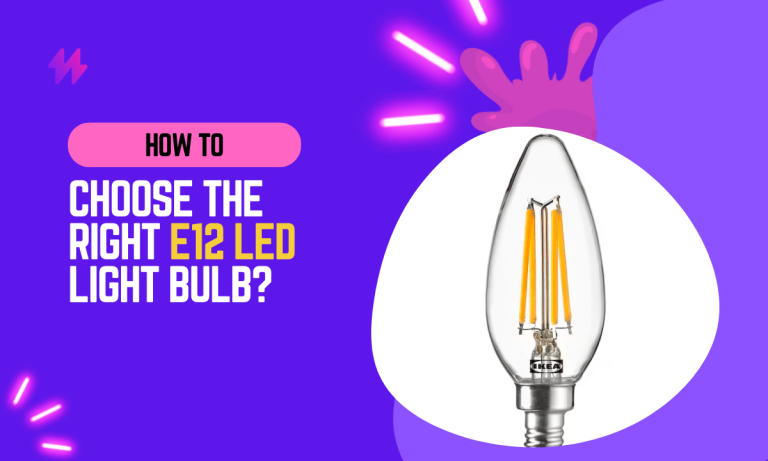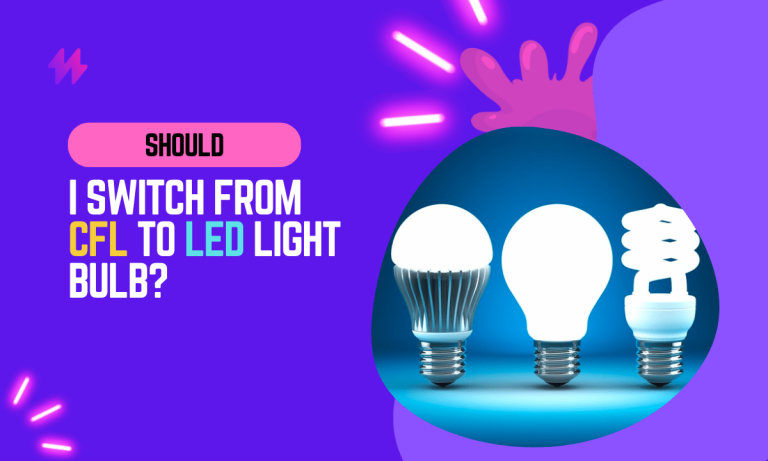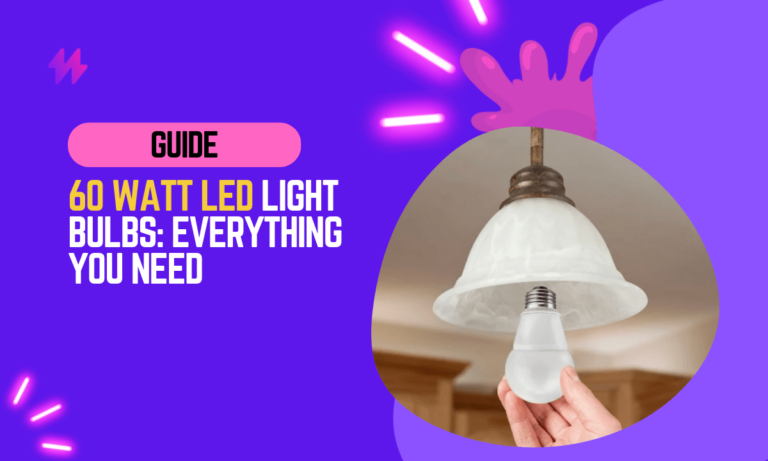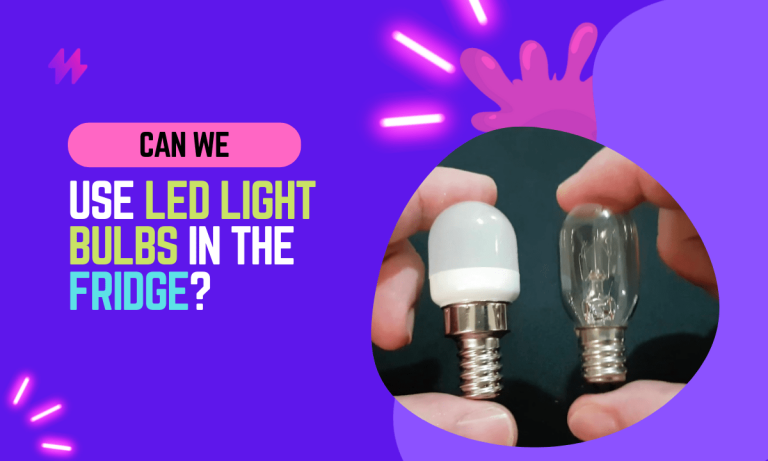How Far Apart Should 6-Inch Recessed Lights Be?
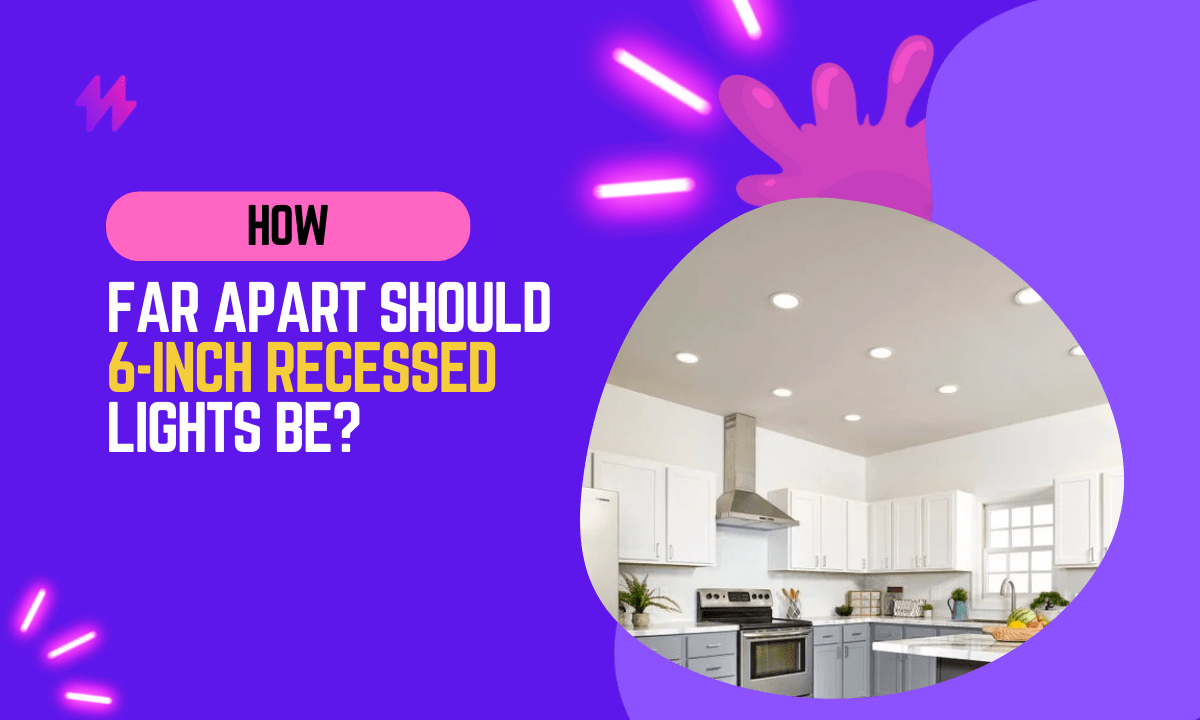
You’ve just installed your new 6-inch recessed lights, and you’re not sure how far apart they should be. You’ve read a few different articles, but you’re still not sure what the best distance is.
I’ve installed hundreds of recessed lights. I’ve found that the best distance to space 6-inch recessed lights are 24 inches apart. This will give you a uniform light distribution and avoid any hot spots.
If you’re not sure how far apart to space your recessed lights, I recommend using a measuring tape to measure the distance between the centers of the lights. Once you have the measurements, you can divide the distance by 24 to find the ideal spacing.
For example, if the distance between the centers of your lights is 48 inches, you would divide that number by 24 to get 2. That means you should space your lights 2 inches apart.
What are 6-Inch Recessed Lights?
6-inch recessed lights are a popular choice for recessed lighting because they’re a versatile and affordable option. They’re available in a variety of styles, finishes, and wattages, so you can find the perfect recessed lights to meet your needs.
6-inch recessed lights are also relatively easy to install. Most recessed lights come with a mounting kit that makes installation simple. You can usually install recessed lights yourself in just a few minutes.
How Far Apart Should 6-Inch Recessed Lights Be?
Recessed lights are a popular choice for lighting in homes, offices, and other commercial spaces. They’re sleek and stylish, and they can provide even, glare-free light. But how far apart should 6-inch recessed lights be?
The answer to this question depends on a few factors, including the size of the room, the height of the ceiling, and the desired lighting effect.
In general, you should space 6-inch recessed lights 24 to 36 inches apart. This will provide adequate light coverage without creating a harsh or uneven light distribution.

However, you may need to adjust the spacing if you have a particularly large or small room. For example, if you have a large room, you may want to space the lights further apart to avoid creating a cluttered look. Conversely, if you have a small room, you may want to space the lights closer together to provide more concentrated light.
You should also consider the height of your ceiling when spacing recessed lights. If you have a high ceiling, you can space the lights further apart than if you have a low ceiling. This is because the light will have a longer distance to travel, and you’ll need to space the lights accordingly to ensure that the light is evenly distributed.
Finally, you should think about the desired lighting effect you’re trying to achieve. If you want a more dramatic or dramatic lighting effect, you may want to space the lights closer together. Conversely, if you want a more subtle or even lighting effect, you may want to space the lights further apart.
Also read: How to Get a Stuck Light Bulb Out of a Recessed Socket?
Additional tips for spacing recessed lights:
- Use a measuring tape to mark the locations of the recessed lights on the ceiling.
- Make sure that the lights are evenly spaced across the ceiling.
- Use a level to ensure that the lights are installed at the same height.
- Test the lights to make sure that they’re providing the desired amount of light.
By following these tips, you can create a beautiful and functional lighting scheme with your recessed lights.
Benefits of using 6-inch recessed lights:
- Versatile: 6-inch recessed lights can be used in a variety of settings, including homes, offices, and commercial spaces.
- Affordable: 6-inch recessed lights are a relatively affordable option for recessed lighting.
- Easy to install: Most 6-inch recessed lights come with a mounting kit that makes installation simple.
- Energy-efficient: 6-inch recessed lights are available in energy-efficient models that can help you save money on your energy bills.
How to Choose the Right 6-Inch Recessed Lights
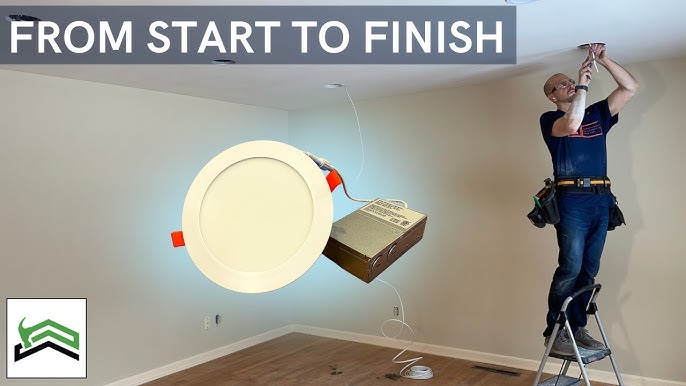
When choosing 6-inch recessed lights, there are a few factors you’ll need to consider.
- Size: The size of the recessed light will determine how much light it produces. For general lighting, you’ll need a recessed light with a diameter of 6 inches. For task lighting, you may need a smaller recessed light.
- Style: Recessed lights come in a variety of styles, including flush mount, semi-flush mount, and timeless. The style of the recessed light will depend on your personal preference and the style of your home.
- Finish: The finish of the recessed light will affect the overall look of your home. You can choose from a variety of finishes, including brushed nickel, oil-rubbed bronze, and white.
- Wattage: The wattage of the recessed light will determine how bright it is. For general lighting, you’ll need a recessed light with a wattage of 60 watts or higher. For task lighting, you may need a lower-wattage recessed light.
- Dimmable: If you want to be able to dim your recessed lights, you’ll need to choose a dimmable model.
Also read: 5 Different Types of LED Lights: A Buyer’s Guide
How to Install 6-Inch Recessed Lights?
Installing recessed lights is a relatively simple task, but it is important to follow the instructions carefully to avoid damaging your walls or ceiling.
To install recessed lights, you will need the following materials:
- Recessed lights
- A stud finder
- A measuring tape
- A level
- A drill
- A drywall saw
- A hammer
- A screwdriver
- A wire stripper
- Electrical tape
Instructions for installing recessed lights:
1. Turn off the power to the electrical circuit that you will be working on.
2. Use a stud finder to locate the studs in the ceiling where you will be installing the recessed lights.
3. Mark the location of the recessed lights on the ceiling with a pencil.
4. Use a measuring tape to measure the distance between the recessed lights.
5. Use a level to make sure that the recessed lights are installed level.
6. Cut a hole in the drywall using a drywall saw.
7. Insert the recessed light into the hole in the drywall.
8. Secure the recessed light to the ceiling using screws.
9. Connect the electrical wires to the recessed light.
10. Turn on the power to the electrical circuit.
You may also like: Do You Put LED Lights On The Ceiling Or Wall?
FAQs about 6-Inch Recessed Lights
How far apart should 6-inch recessed lights be?
The general rule of thumb is to space recessed lights 24 inches apart. However, there are a few factors to consider when determining the ideal spacing for your recessed lights, including:
- The size of the room
- The height of the ceiling
- The type of recessed lights you are using
Ultimately, the best way to determine the ideal spacing for your recessed lights is to experiment until you find a layout that you are happy with.
What is the best type of recessed light for my home?
There are a variety of different types of recessed lights available on the market, each with its own unique advantages and disadvantages. The best type of recessed light for your home will depend on your specific needs and preferences.
Some of the most popular types of recessed lights include:
- LED recessed lights: LED recessed lights are energy-efficient and long-lasting, making them a good choice for recessed lights in areas that are used frequently.
- Halogen recessed lights: Halogen recessed lights provide a bright, warm light that is ideal for recessed lights in living rooms, dining rooms, and bedrooms.
- Incandescent recessed lights: Incandescent recessed lights are the most affordable type of recessed light, but they are also the least energy-efficient.
What are the benefits of recessed lights?
Recessed lights offer several benefits over traditional light fixtures, including:
- They are a great way to add extra light to a room without taking up valuable wall space.
- They can be installed in a variety of different ceiling types, including drywall, plaster, and wood.
- They are energy-efficient and long-lasting.
- They can be dimmed or brightened to create the perfect lighting atmosphere.
- They are a great way to add style and sophistication to a room.
What are the drawbacks of recessed lights?
Recessed lights do have a few drawbacks, including:
- They can be more expensive than traditional light fixtures.
- They can be difficult to install, especially if you are not experienced with electrical work.
- If they are not installed correctly, they can create a fire hazard.
- They can be difficult to clean.
Conclusion
In conclusion, determining the optimal spacing for 6-inch recessed lights is essential to achieving both functional and aesthetic lighting effects within any space. The general guideline suggests that the distance between these fixtures should be about half of the ceiling height, ensuring that light is distributed evenly and effectively throughout the area. For instance, in a room with an 8-foot ceiling, recessed lights should ideally be spaced approximately 4 feet apart. This configuration helps to avoid dark spots between the lights, creating a smooth and uniform illumination that enhances the room’s ambiance and functionality. Moreover, it is crucial to consider the purpose and layout of the room; task-oriented spaces like kitchens or work areas may require closer spacing for more concentrated lighting, whereas living areas might benefit from a more dispersed arrangement for a softer effect.
Furthermore, the placement strategy should not only focus on the distance between each light but also on their alignment with key features of the room, such as artwork, furniture, and architectural elements. Strategic placement can accentuate interior design details, improve visibility in high-use areas, and contribute to the overall mood and functionality of the space. Adjustments might also be necessary based on the type of bulb and the beam angle of the recessed lights, as these factors influence the spread and intensity of the light. By carefully planning the layout and considering these variables, homeowners and designers can ensure that their lighting design is both effective and visually appealing. Ultimately, well-planned lighting not only serves its practical purpose but also elevates the aesthetic quality of the environment, making it a crucial component of interior design.

